Tucked between Papua New Guinea and Vanuatu, the Solomon Islands sit in a part of the Pacific that doesn’t get much attention, unless it’s for headlines about tribal headhunting history or regional conflict in nearby Papua New Guinea.
It’s fair to wonder: Is it actually safe to travel to the Solomon Islands?
I get the concern, but after traveling around the Western Provinces, I can tell you the reality is very different from the fear. In this guide, I’ll walk you through what safety in the Solomons really looks like today, from local attitudes and cultural norms to tourism infrastructure and practical tips, all based on my own firsthand experience.
Overview: Traveler Safety in the Solomon Islands
- Location: The Solomon Islands are an archipelago of nearly 1,000 islands in the South Pacific, located east of Papua New Guinea and northwest of Vanuatu.
- General Safety: The Solomon Islands are considered politically stable but underdeveloped. Crime is low in rural areas but petty theft can occur in Honiara. Violent crime against tourists is extremely rare.
- Travel Advisory (2025): Many government advisories including Australia and United States currently advise travelers to exercise normal safety precautions, which is the same designation as many developed nations including Germany and the United Kingdom.
- Health & Infrastructure: Medical facilities are basic. Malaria is present across all provinces, though you should consult with a doctor for any medical advice.
- Cultural Context: While the Solomons have a history of headhunting and tribal warfare (ending in the early 20th century), today’s communities are peaceful, welcoming, and proud to share their culture.
- Current Events: Though nearby Papua New Guinea has seen recent unrest, the Solomon Islands remain calm. Occasional political protests occur in Honiara but rarely affect travelers.
- Where to Go: The Western Province (including Gizo, Munda, and Rendova) is one of the safest and most tourist-friendly areas, with laid-back villages, world-class diving, and some of the best accommodations in the Solomon Islands.
- Connectivity & Comms: Mobile reception is limited outside major towns and eSIMs are honestly a waste of time in the Solomons.
- Police Presence: Police are under-resourced but present in major towns like Honiara and Gizo. Village-level safety relies more on local custom and community accountability, and it works.
Important: I never travel without health insurance. After 7+ years on the road, I’ve only claimed a few times, but when things went wrong, I was glad I was covered. For the Solomons, I used Heymondo, which I use for all my trips now. It’s simple, affordable, and covers remote destinations.
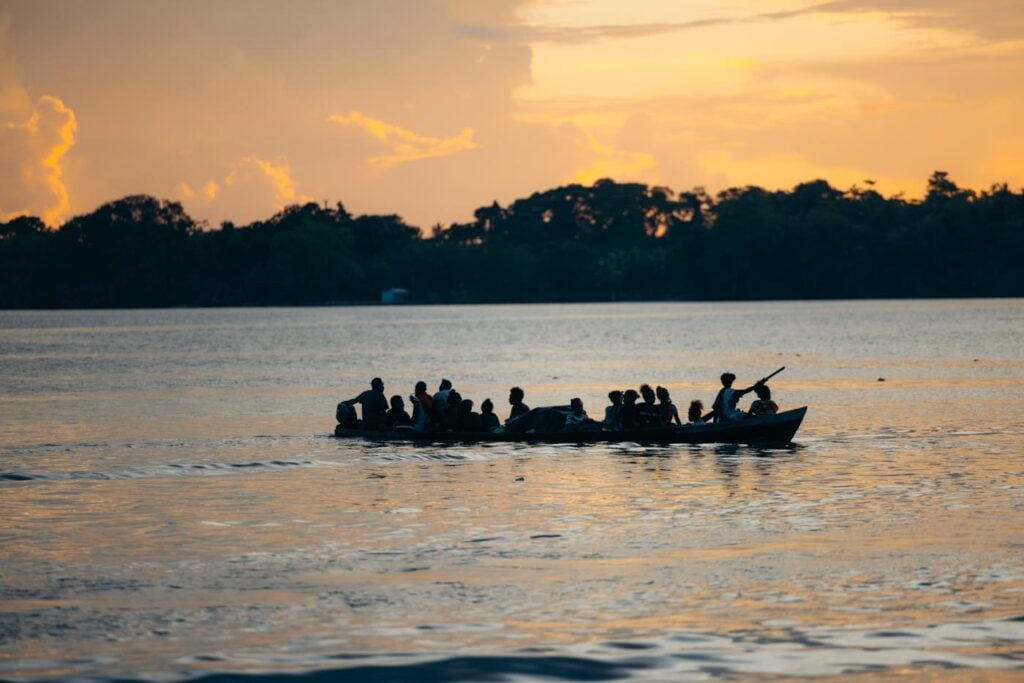
Safest Places to Travel in the Solomon Islands
Overall, the Solomon Islands is a very safe country for travelers. Violent crime is rare, and tourists are almost never targeted. Most safety concerns come down to remoteness and lack of healthcare infrastructure, not risk. Outside of Honiara, communities are small, tight-knit, and extremely peaceful.
Here’s a quick breakdown of the safest and most tourist-friendly regions to visit:
- Western Province – The best region for first-time visitors. Includes Munda, Gizo, and surrounding islands. Safe villages, great diving, and solid tourism infrastructure. Munda and Gizo both have airstrips and reliable guesthouses that make it easy to kick start an epic Solomon Islands itinerary.
- Rennell & Bellona – Remote and deeply traditional. Low tourism but very safe for respectful travelers. Great for cultural experiences and untouched nature.
- Central Province – Home to small islands like Tulagi and Nggela. Quiet and easygoing, with friendly locals and calm waters for kayaking and snorkeling.
- Guadalcanal (Outside Honiara) – Honiara has the highest crime rate, mostly petty theft. But areas like Tenaru Falls or the WWII relic sites inland are safe with a local guide or driver.
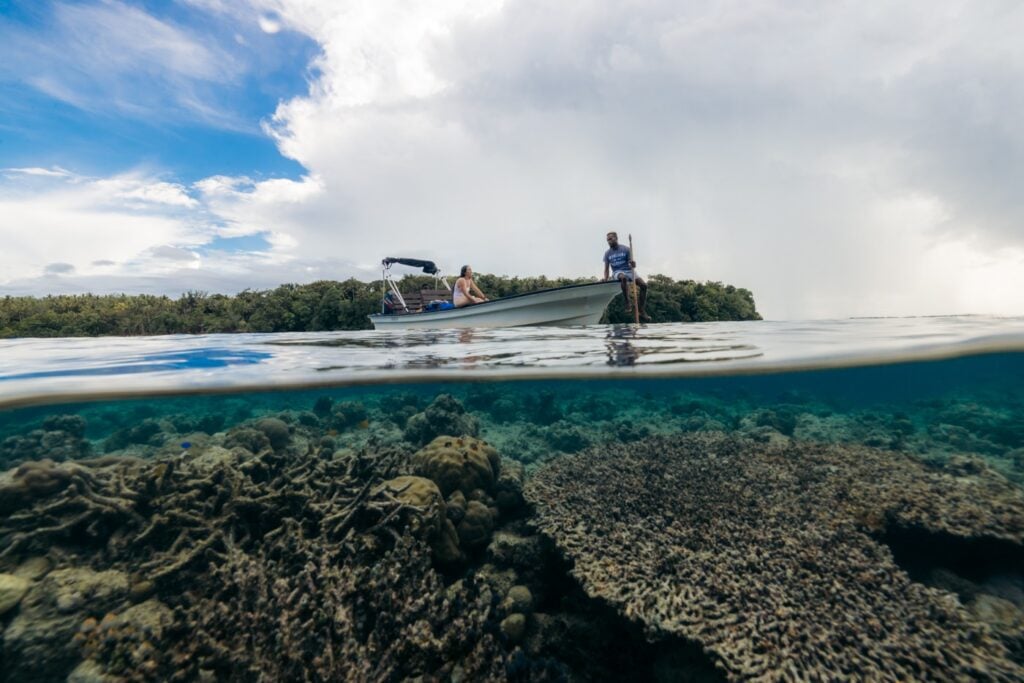
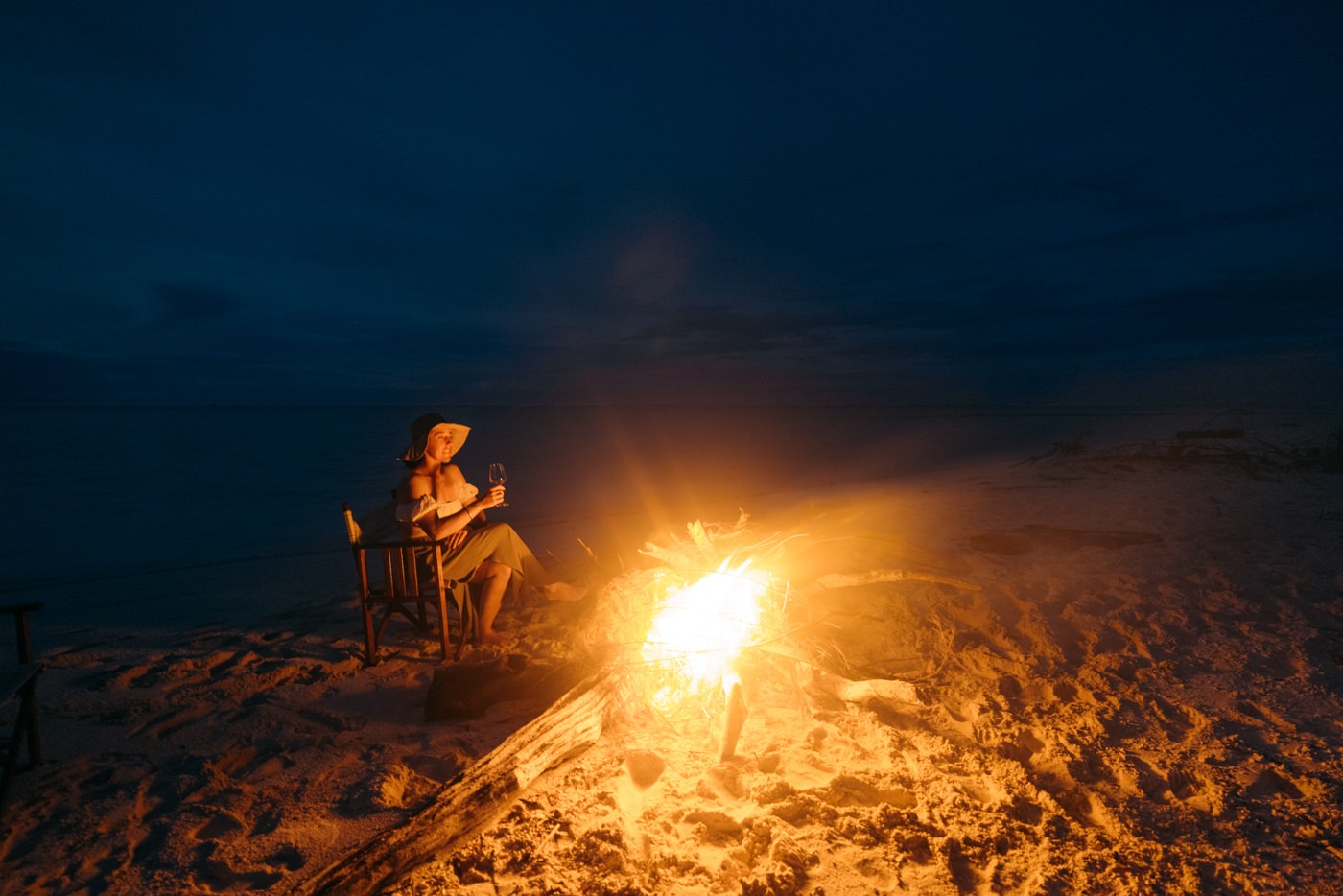
The People of the Solomon Islands: Curious, Kind & Always Smiling
If there’s one thing I remember most clearly from my time in the Solomons, it’s the people, genuinely warm, endlessly curious, and always ready with a smile. That smile might often be stained red from betel nut (called buai locally), but don’t let that throw you. It can look intimidating at first but it’s completely normal across the Pacific.
I’ve seen the same thing in rural parts of India, Sri Lanka, and Myanmar. The red-stained teeth come from chewing a local nut wrapped in lime and pepper leaf. It’s mildly stimulating, kind of like caffeine, and part of daily life in many island nations. After a few days, you stop noticing it and what you do notice is how friendly and welcoming people are, no matter where you go.
When I landed at Munda Airport, the security staff gave me the kind of greeting you just don’t get in airports anymore. Not just a “welcome,” but actual interest, asking me where I was going, where I was heading, all with big smiles and with a curiousity and excitement for tourism.
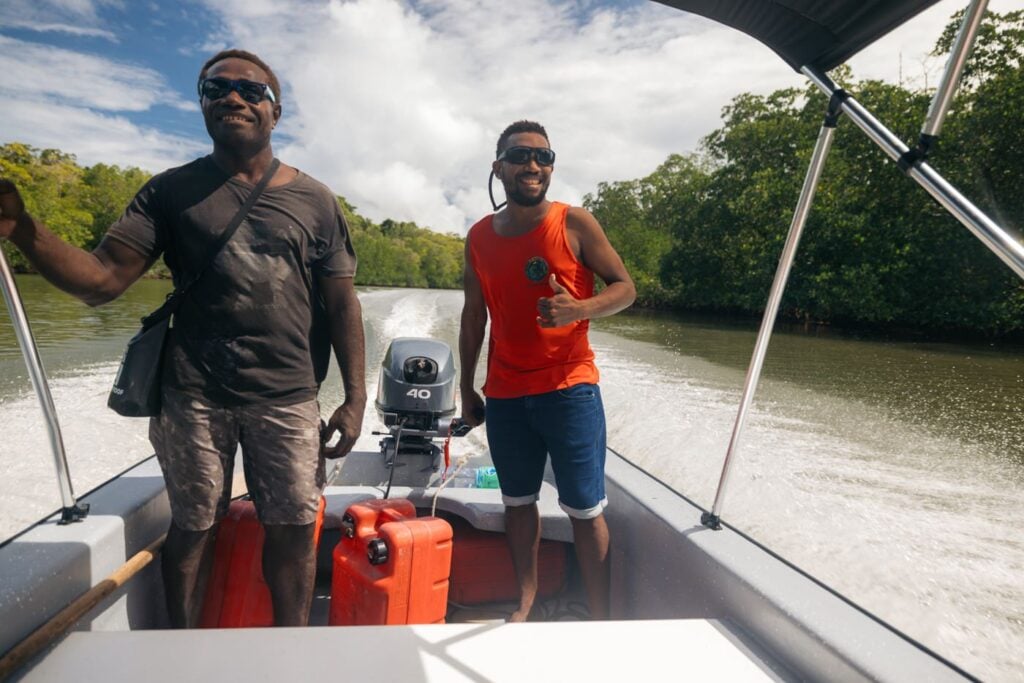
That laid-back, open attitude extends into the villages too. Locals are used to seeing visitors in small numbers and seem genuinely happy to have travelers around. It’s not uncommon for people to wave from the beach or invite you to sit and talk under a palm-thatched shelter.
There are big cultural differences here, Christianity is strong, traditional customs are respected, and village life runs on community rhythm, not strict timetables. But the openness makes it easy to feel at home. You’re not treated as a tourist in the usual sense more like a temporary part of the neighborhood.
If you’re respectful, patient, and take the time to ask questions, you’ll find the Solomons to be one of the friendliest places in the Pacific.
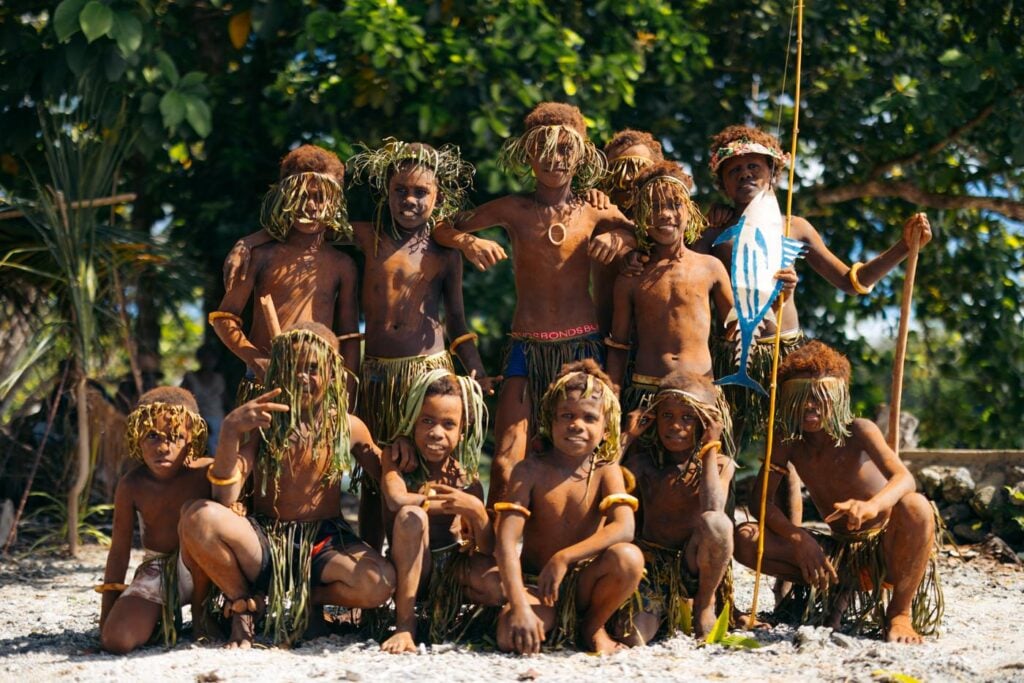
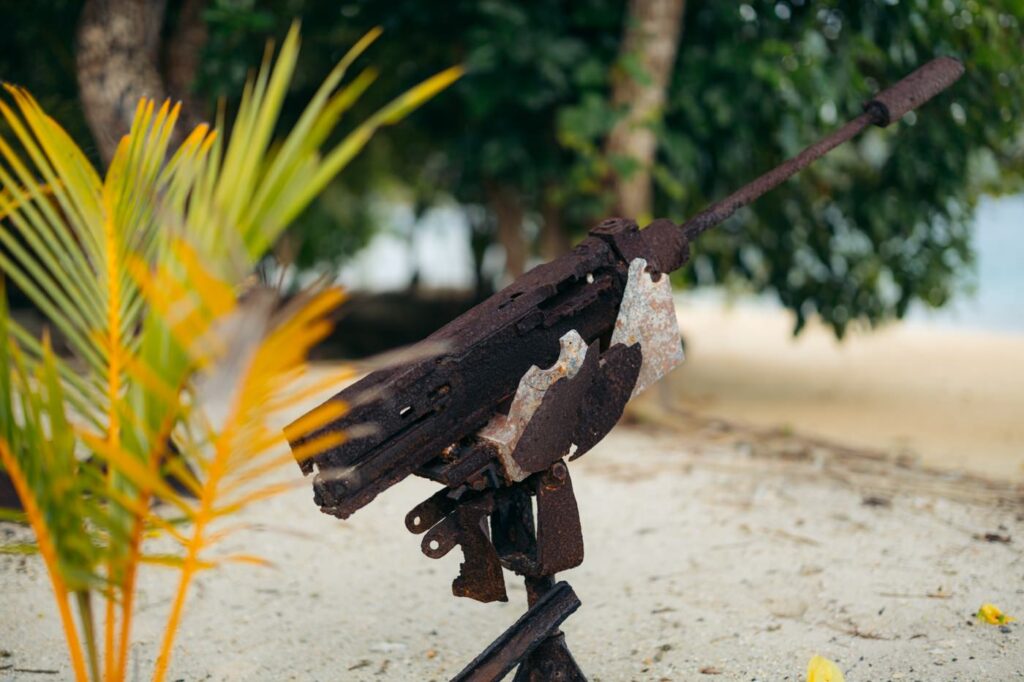
Solomon Islands Headhunter Past
The Solomon Islands' tribal past is one of the first things people bring up when they hear you’re traveling there, especially the old stories of headhunters, who raided rival villages and collected skulls as symbols of power and protection.
Yes, it’s true. Headhunting was practiced in parts of the Solomons until the early 20th century. But like many parts of the Pacific, it was tied to complex spiritual beliefs, not random violence. The practice ended with the arrival of missionaries and colonial rule, and modern-day Solomon Islanders are nothing like the fearsome image that history (and tourism marketing) sometimes paints.
That said, the past hasn’t been erased. You can still visit Skull Island, a sacred site near Munda in the Western Province, where dozens of real skulls are stacked in a traditional shrine. It’s both eerie and fascinating, and it gives real insight into how local customs and spiritual beliefs shaped island life.
Today, Solomon Islanders are some of the friendliest and most welcoming people I’ve met. The only heads being “taken” now are through good conversation, shared stories, and maybe a few selfies.
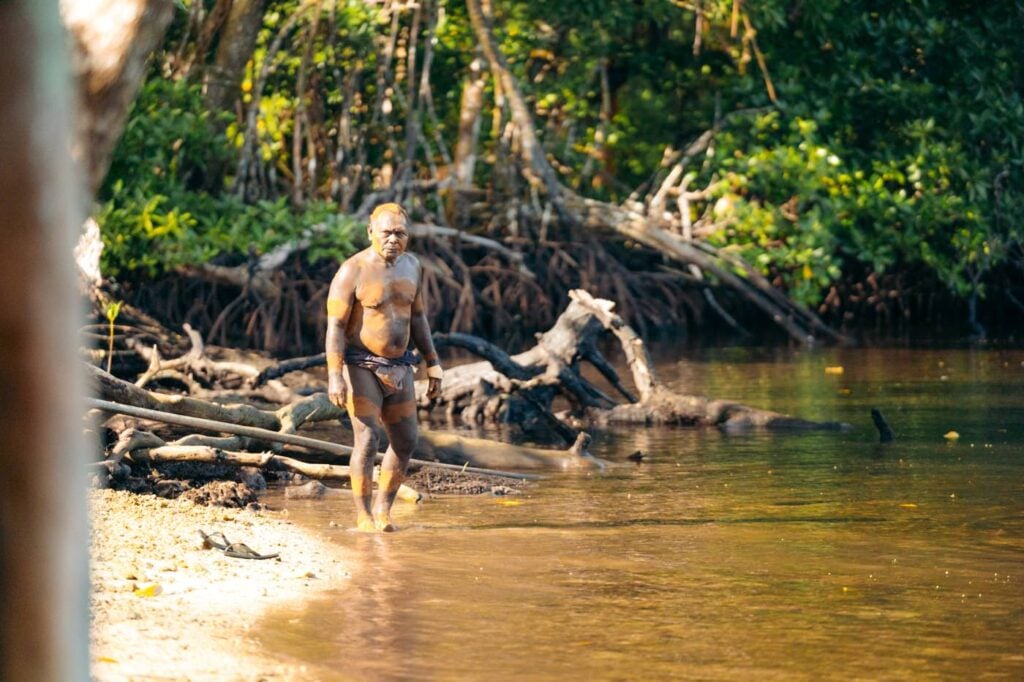
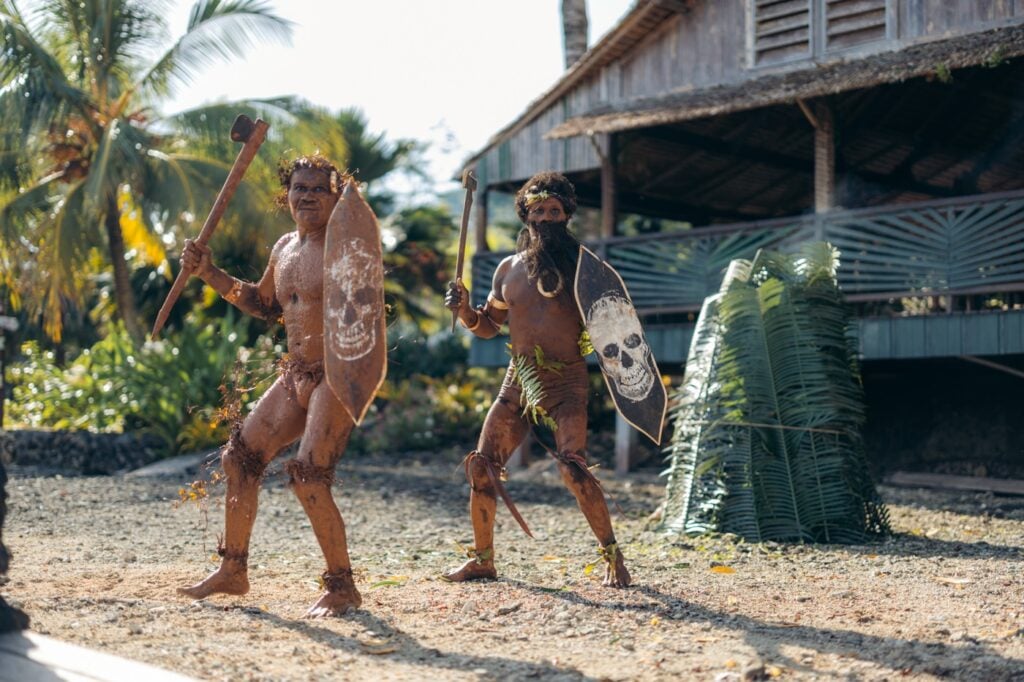
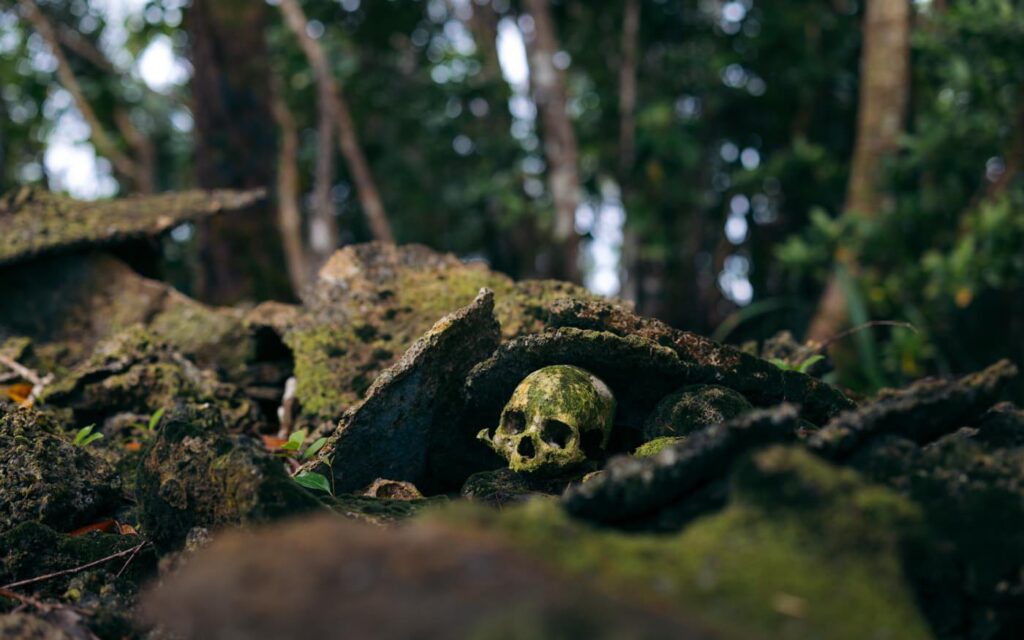
Cultural Etiquette & Local Customs in the Solomon Islands
Life in the Solomon Islands moves at a different pace. It's called Solomon Time. Expect a slower, more communal, and deeply respectful way of life.
As a visitor, a little cultural awareness goes a long way.
- Greet people – A simple “hello” or wave is expected when passing someone in a village. Don’t just walk by silently.
- Ask before taking photos – Especially in remote areas. People are generally happy to be photographed, but it’s polite to ask first. Actually in my experience, with my camera out people asked me to take photos of them!
- Dress normally – Swimwear is fine at resorts or beaches but as with any towns, dress normally in towns.
- Sundays are sacred – Most locals attend church and spend time with family. Shops close, boats don’t run, and loud activities are frowned upon.
- Declining offers – If you’re offered food or betel nut, a smile and polite “no thanks” is fine. People won’t be offended, but it’s good to be gracious.
You don’t need to speak the language, but even just learning a couple of phrases goes a long way. In Solomon Pijin, “Halo” means hello, and “Taggio tumas” (pronounced tag-gee-oh too-mass) means thank you very much.
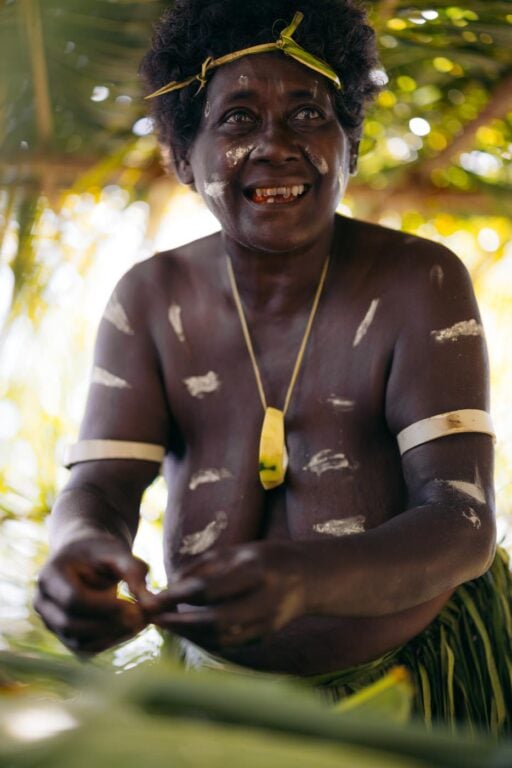
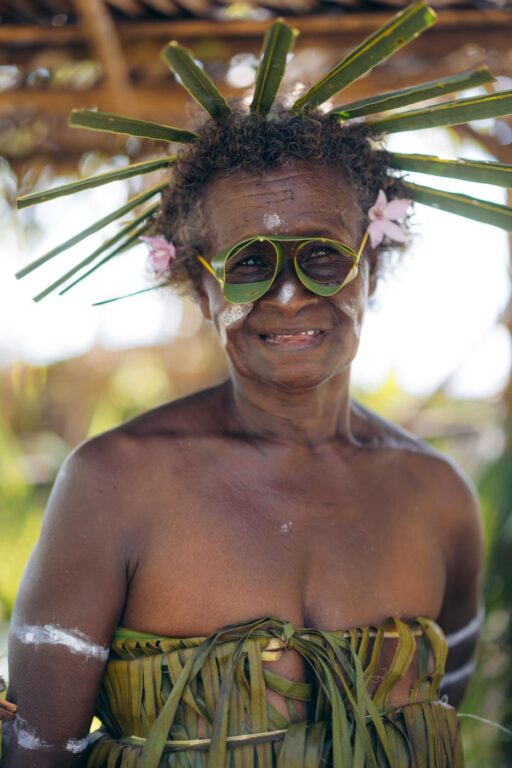
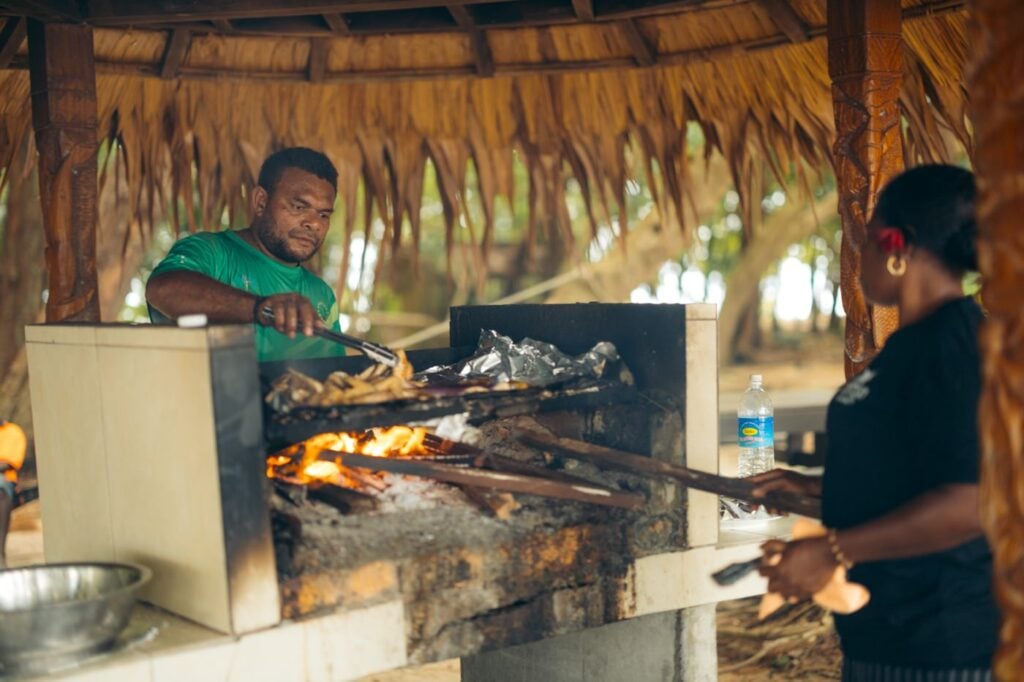
Natural Hazards in the Solomon Islands
The Solomon Islands sit right on the Pacific Ring of Fire, where tectonic plates collide and volcanoes and earthquakes are part of the natural landscape. That geology is what gives the region its dramatic reefs and islands, but it also means natural hazards, while rare, are possible.
- Earthquakes are relatively common, though most are small and go unnoticed.
- Tsunamis are rare, but have occurred. In 2007, a magnitude 8.1 quake triggered a tsunami that struck Gizo and surrounding islands, killing over 50 people and displacing thousands but nothing like it has happened since or in the memory of anyone alive today.
- Cyclones (tropical storms) are the biggest seasonal risk. The official cyclone season runs from November to April, but major storms aren’t an annual event. Still, delays and rough seas can happen during this time.
- Volcanic activity exists on some islands (like Tinakula), but eruptions are extremely uncommon in areas visited by tourists.
Best time to visit: The dry season runs from May to October, which is the most reliable window for calm seas, sunshine, and travel between islands. This is when most tourism operators run at full capacity, and it’s also when I visited.
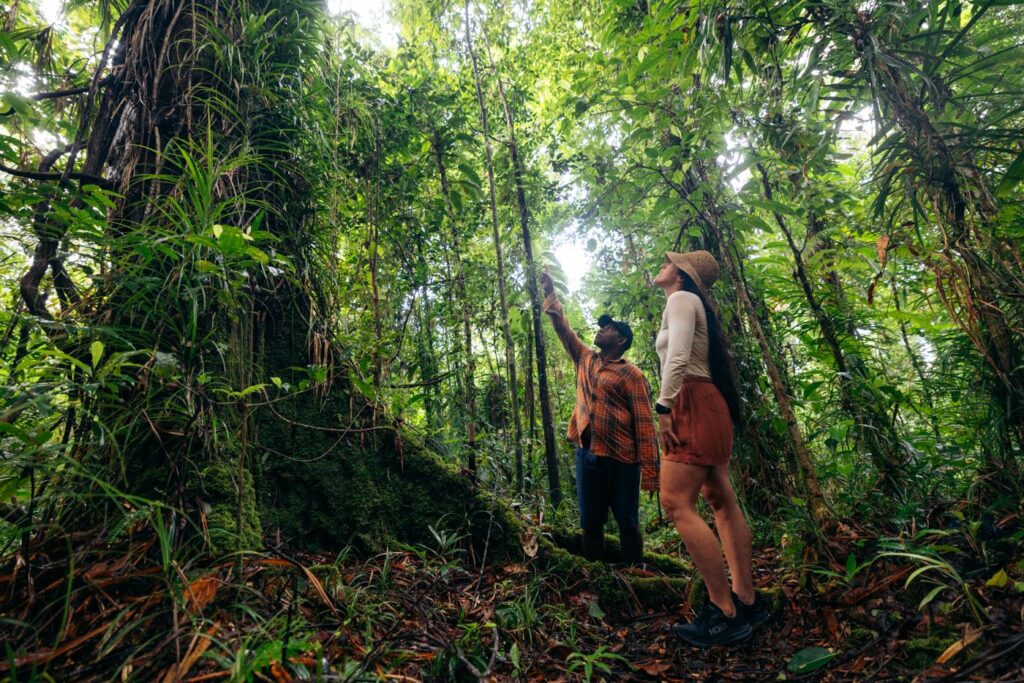
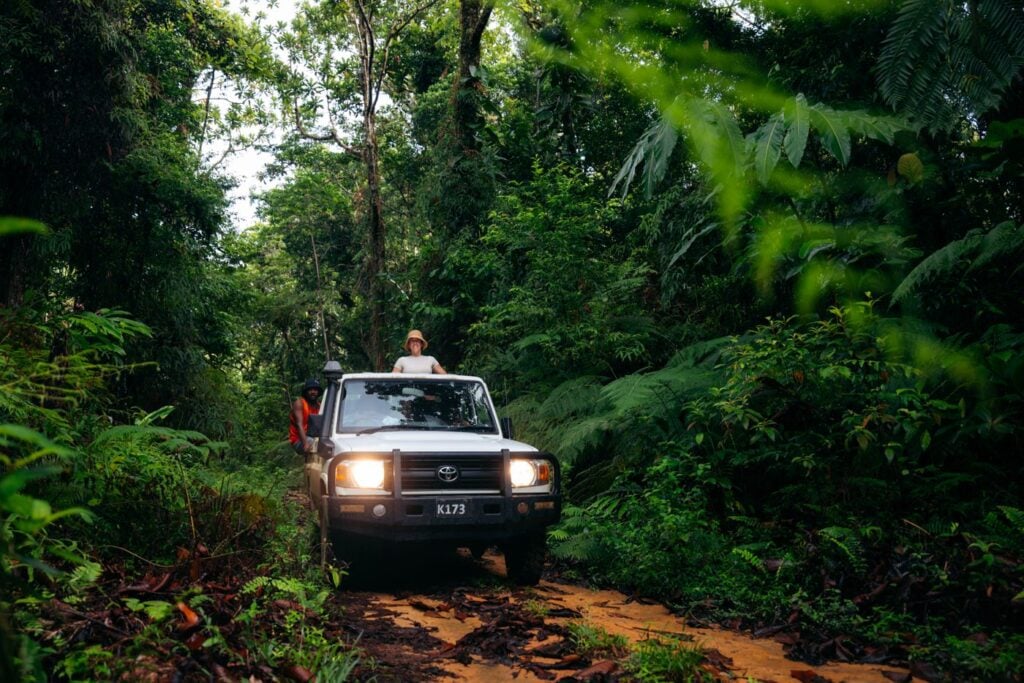
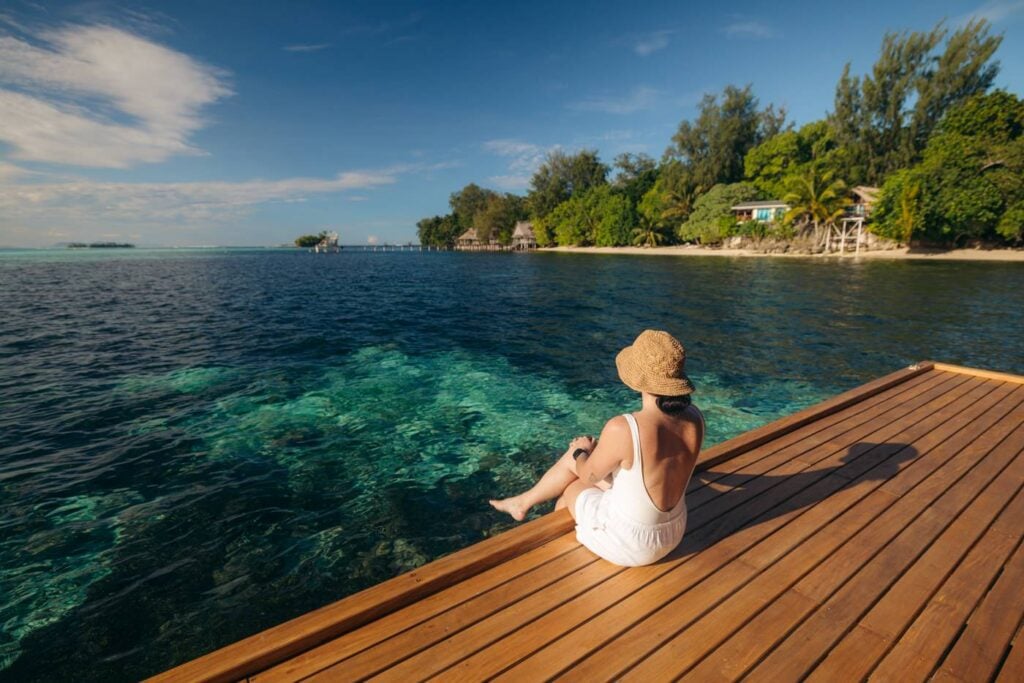
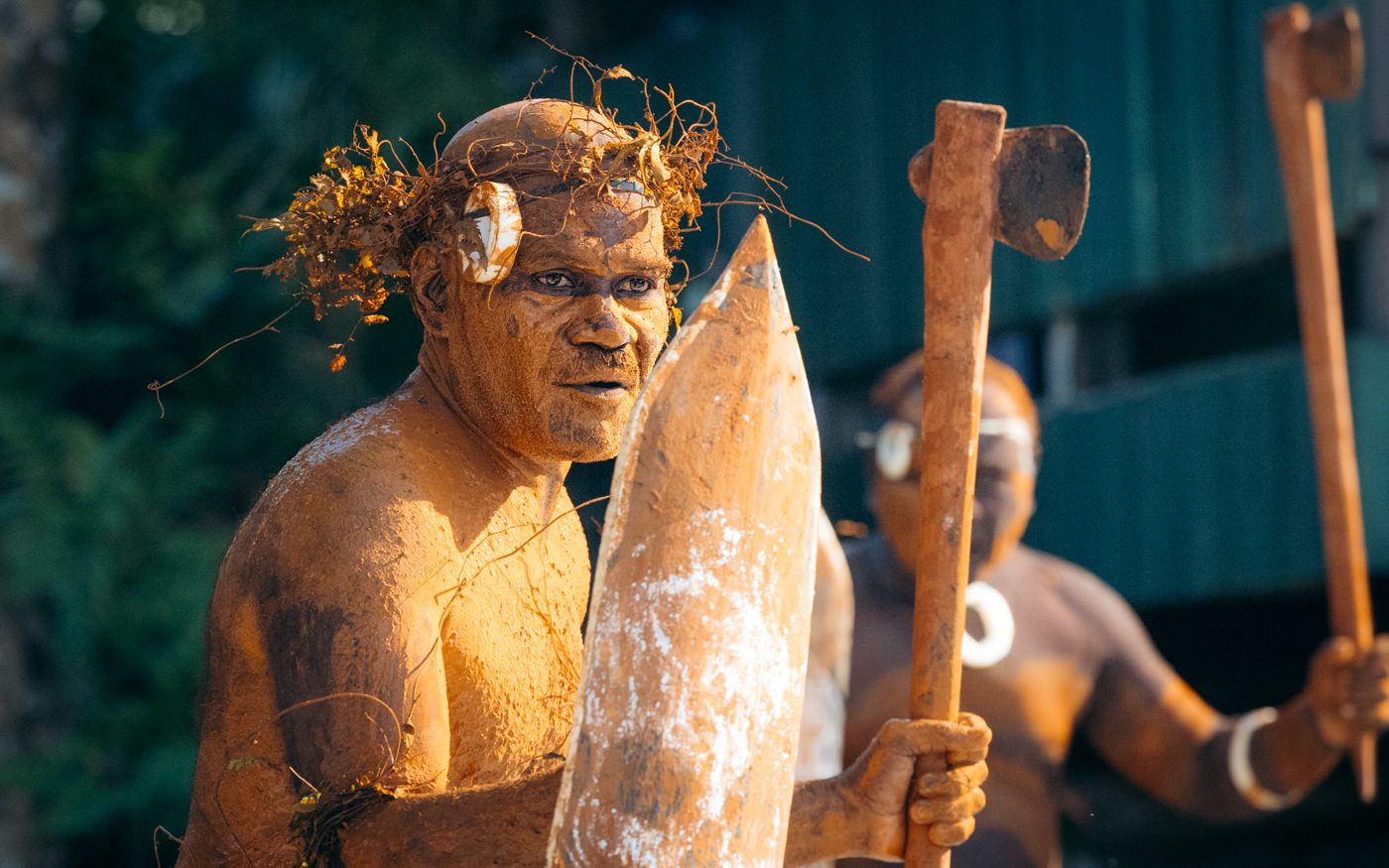

Christerly Pitiri
Sunday 13th of July 2025
Very genuine feedback. Thanks for visiting our country and I hope you enjoyed your stay here.